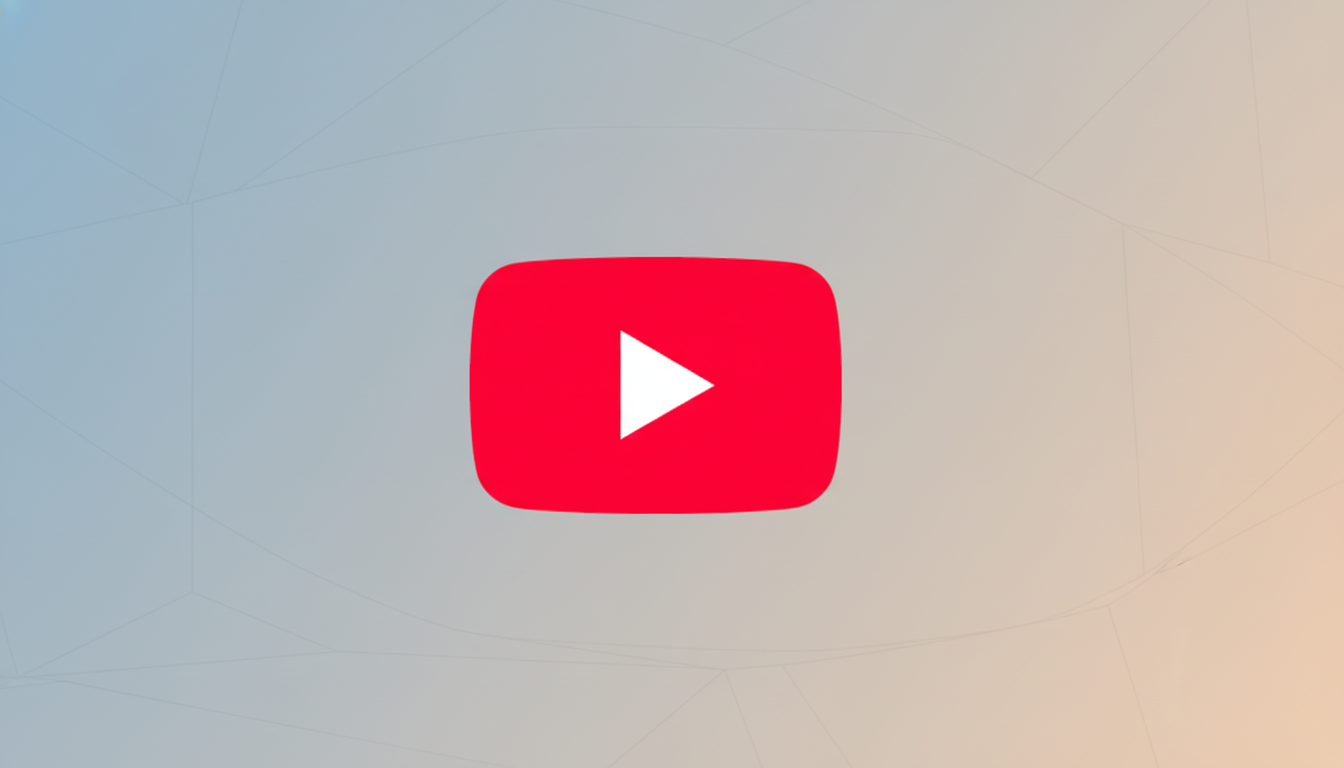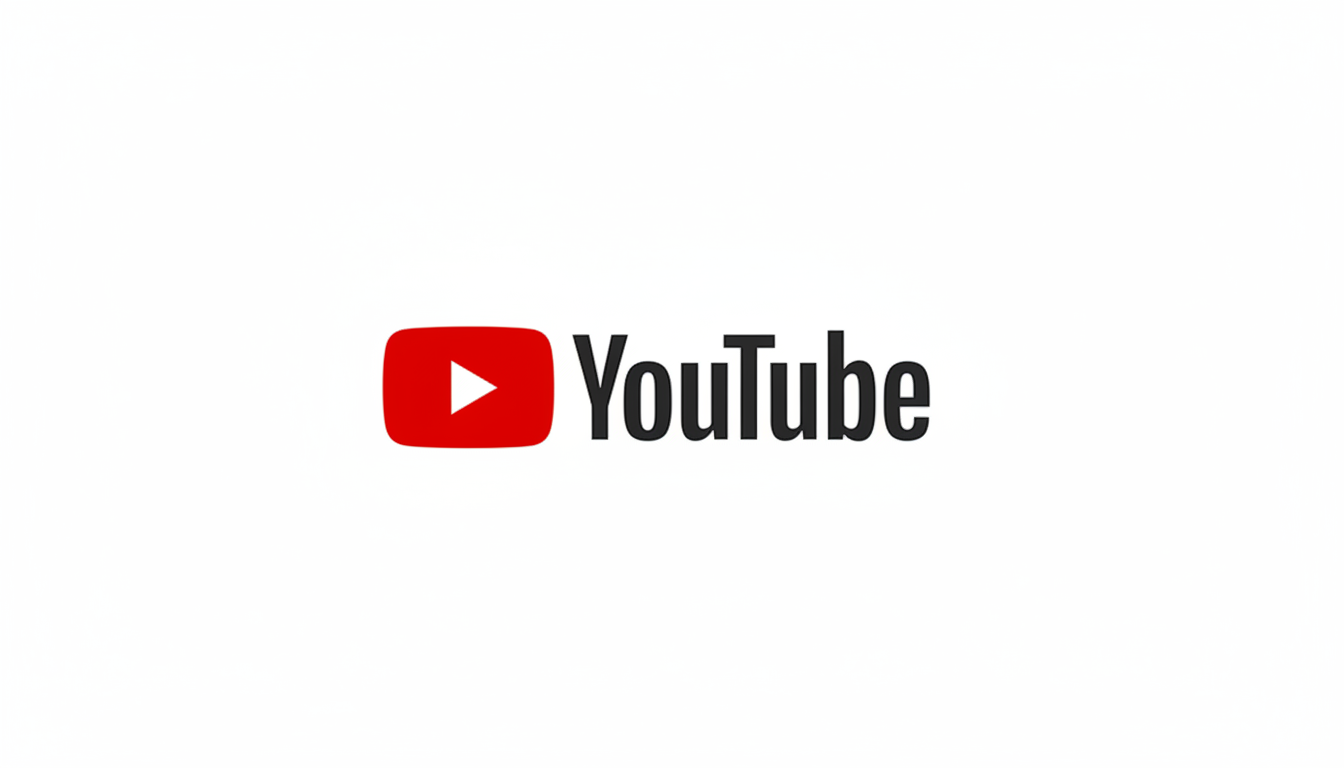Claims are now available in a $30 million settlement alleging that Google and YouTube illegally collected children’s private data for advertising. If you were younger than 13 and watched child-oriented videos on Google’s main YouTube platform, you may be eligible for a payment from the settlement fund.
Who may qualify and what the lawsuit alleges
The lawsuit asserts that YouTube and Google collected persistent identifiers and other information from children watching content made for kids—such as cartoons, nursery songs, and toy surprise videos—without first obtaining verifiable parental consent.

The alleged conduct would violate COPPA, the federal law that limits collecting personal information from anyone under the age of 13. Under the settlement, the class includes persons who were under 13 when they viewed child-directed videos on the standard YouTube platform during the class period. The case was filed in the U.S., and the parties acknowledge the settlement concerns American claimants.
According to reports and summaries from organizations such as Top Class Actions, claimants can now submit the required information to assess payment.
- Under 13 years old at the time of viewing
- Watched child-directed videos on the main YouTube platform
- Class concerns U.S.-based claimants
How payouts will be calculated and distributed
The size of each payment will depend on several factors. The more people who file valid claims, the lower the per-person amount. Deductions from the $30 million fund—namely administrative expenses and court‑approved attorneys’ fees—also affect payouts. Legal fees in many class actions often fall in the 25%–30% range, but the court has the final say.
The complaint indicated that millions of children were affected; consequently, the average individual recovery is expected to be small—potentially just a few dollars per claimant.
The claim form will likely request basic contact information and a sworn declaration that you fall within the class definition, rather than extensive supporting documents. Most likely, you will receive your payment as digital funds or by check, with multiple options available.
Why the case matters for online child privacy now
This case is significant for online privacy because it involves major platforms with large young audiences. Although COPPA mandates that platforms obtain verifiable parental consent before collecting data from users under 13, age verification remains a difficult problem.

YouTube Kids is a children’s version of YouTube that includes child filters and has placed restrictions on personalized ads in children’s content. YouTube has also used AI-powered age estimates and expanded the use of labels to identify and mark videos and entire channels as directed toward children.
Regulatory pressure and related privacy settlements
Regulators continue to urge platforms to go further. The Federal Trade Commission has stated that persistent identifiers—such as cookies, device IDs, and other trackers—are personal information under COPPA when they are used to power targeted ads aimed at children. Meanwhile, privacy advocates, including the Center for Digital Democracy and Common Sense Media, emphasize the need for stronger default protections and shared accountability among platforms, advertisers, and content owners.
This is not the only prominent tech settlement focusing on data practices affecting young users or sensitive information. TikTok agreed to a $92 million settlement of claims linked to user information, while a separate biometric privacy case resulted in a $650 million settlement fund for affected users in Illinois under the BIPA law. These developments reflect robust enforcement under existing statutes and demonstrate rising legal and financial risks when data are collected without legitimate consent or safeguards.
Google and YouTube have faced scrutiny over children’s privacy before, including a previous COPPA-related civil penalty of $170 million. Overall, these measures indicate that regulators, courts, and authorities are concerned about opaque data practices involving children and are imposing substantial penalties on those who violate the law.
How to review the notice and submit a valid claim
If you believe you qualify, review the settlement notice and the claim instructions provided by the administrator. You must confirm that you were under 13 when you watched child-directed videos on YouTube during the class period dates stated in the notice.
As always, the earlier you complete the claims process, the better, as payments are processed after a judge finalizes the agreement and any related appeals are exhausted.
Practical steps for families to protect children online
For families, this case is a reminder to review privacy settings, use the tools available in family accounts, and ensure that children’s online experiences are age‑appropriate. While platforms may introduce new protections following this case, parents and guardians remain the most effective safeguard by actively overseeing what children do online.

